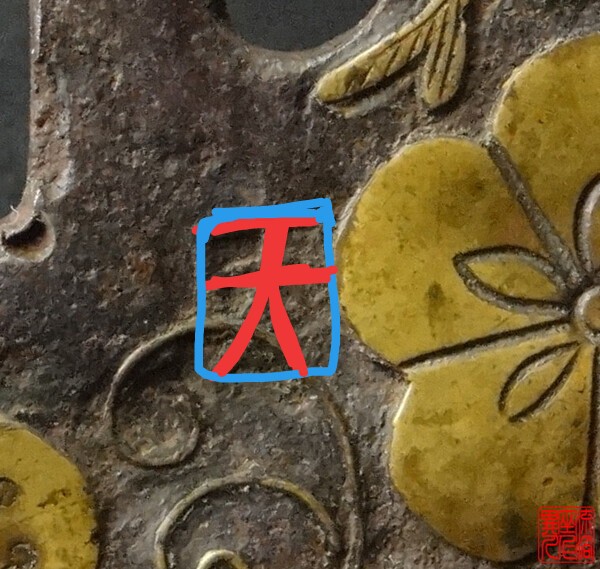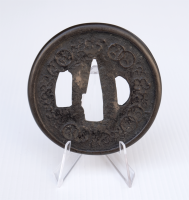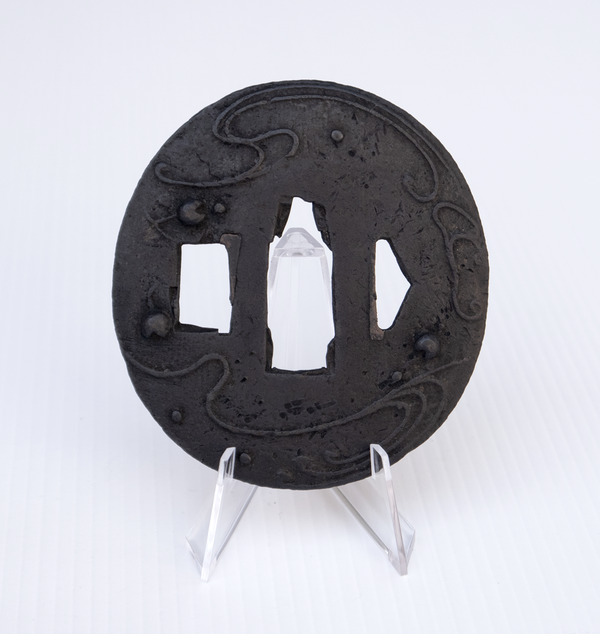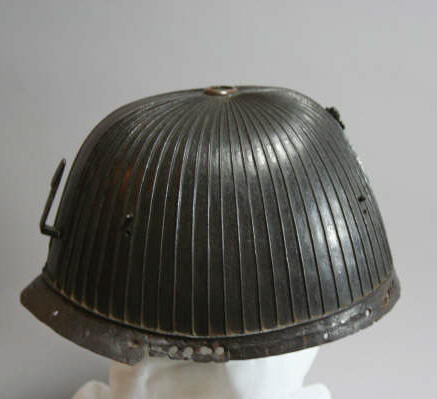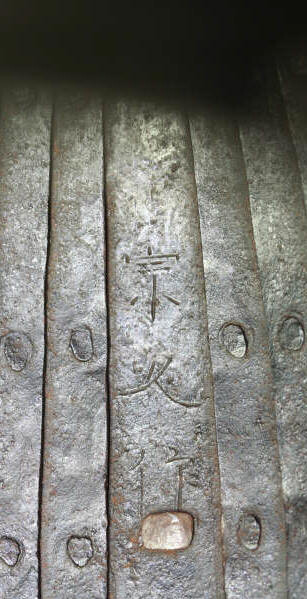-
Posts
283 -
Joined
-
Last visited
-
Days Won
1
Content Type
Profiles
Forums
Events
Store
Downloads
Gallery
Everything posted by Iekatsu
-
Ruben, The images are a little rough, but I would say it is the same armour that was posted by Luc earlier in the thread.
-
The above is an armour model from the showa period, it has no bearing on the topic. But in the same search the other components for the armour appear to match.
-
A common practice does not mean its a good practice, it's generally done with very little care, primarily to facilitate sale. Given that there is a large portion of signed kabuto that do not have windows in the Ukebari it was clearly not a universal practice. A borescope can be inserted through the Tehen to look into the interior without damaging the Ukebari.
-
I don't think we should be condoning the practice of cutting windows in Ukebari.
-
Yas, The work was likey massed produced, given the number of extant examples. The same style of Tsuba are also found in Maru-gata and there are also different motifs and bespoke custom peices that appear to come from the same workshop. As for the age, dating anything pre Edo is pretty tricky as there are so few dateable reference points, that said the Kantei points appear to be consistent with the attribution. All the best, Thomas
-
Yas, The Tsuba you posted with the fox/squirrel and wave motif are not modern, they are early San-mai and utilise stamped plates in their construction (quite often from the same dies). The marks highlighted on the Seppa-dai are actually rivets that hold the plates in place, this variety was likely produced in a single workshop, given the consistency in technique and construction. They are generally attributed to late Muromachi-Momoyama period. Take a look at the following thread for more examples: All the best, Thomas
-
Hey Luca, I see what you mean, I thought it may have been a partial stamp with a boarder. Kind regards, Thomas
-
-
This is Kinokuniya mentioned by Uwe above: http://www.kinokuniya.tv/
-
Luc, What makes you think that the lower section of the Mabezashi was added later?
-
Hello Dick, The armour was manufactured by a company called Marutake Sangyo CO,LTD, they started manufacturing armour in the 1960's, primarily for film/tv. Given that it was purchased 15 years ago and that some of the features are still in production today I would say that it likely dates to the 90's.
-
Sorry to be the bearer of bad news but that is a reproduction and has nothing to do with the imperial family.
-
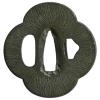
Oldest piece of Japanese art
Iekatsu replied to kissakai's topic in General Nihonto Related Discussion
There are some great fittings in this thread, three of mine that would be categorised as Kagami-shi. -
Dan, On a more positive note, your second Tsuba is ko-kinko, its in pretty rough shape, but not a bad example of the type.
-
Ford, thanks for answering all my queries. To add to your extensive list: The Chinese were capable of smelting zinc in the middle late period of the Ming Dynasty. There are serval zinc smelting sites in Linjiangerdui that have been discovered, the earliest dates around 1410-1445AD, these sites are quite large, suggesting a reasonable industry/demand. https://www.researchgate.net/publication/298424496_Preliminary_study_on_zinc_smelting_relics_from_the_Linjiangerdui_site_in_Zhongxian_County_Chongqing_City_southwest_China In "Metallurgical Analysis of Chinese coins at the British museum" we can see the composition of Chinese coins spanning various dynasties, from No. 451 (1503-5) we see a distinct increase in the percentage of zinc in the coins and a decrease in lead and tin. Chinese coins are well established as a trade good with Japan during this period, the Ming Dynasty preferring silver and paper currency. https://www.britishmuseum.org/pdf/RP%20152%20Metall%20Analysis%20Chinese%20coins-Prelims-Appendix.pdf While official trade with china did cease around 1549, there was still a rich tapestry of unofficial trade in the period, that far outweighed the official trade missions. (recommended reading https://www.amazon.com/Across-Perilous-Sea-Sixteenth-Centuries/dp/1933947330) As you are aware, In 2015 a sword fitting casting workshop was unearthed in Yanagimachi, Nara, during the excavation they discovered evidence of brass casting, traces of zinc being found in crucibles, the site dates to the early Edo period. https://markussesko.com/2016/01/20/cast-sword-fittings/ Thomas
-
I think it is pretty well established that the naming conventions for Tsuba are often dubious at best and modern categorization at worse. I look forward to seeing the results of your study, if I can ask what was the lowest concentration of zinc recorded from the samples? Also how did you set about determining the age of the items in the selected sample? I think this is a fair question given the large number of so called Onin, Heianjo and Yoshiro that were quite likely produced in the Edo period. Thomas
-
Hello Ford, Thank you for summarizing the key points, do you know where the analysis carried out by V&A museum is published? Thomas
-
Perhaps if you present your theory concerning Brass in pre-Edo Tsuba we can have an open discussion.
-
This is the example that was published in the "Shin Kachu shi Meikan" and also in "Nihon Mei Kabuto".
-
I agree with Marius I don't see ko-kinko, its in the rendering of the horses and the composition.
-
The Tsuba would be better classified as Ko-Kinko but the above points still stand.
-
An early Namban Tsuba from my collection, imported and then modified. The motif is items of the eight immortals and phoenix.
-

Sword Display
Iekatsu replied to Chishiki's topic in Sword Shows, Events, Community News and Legislation Issues
Sounds great, count me in. -

Sword Display
Iekatsu replied to Chishiki's topic in Sword Shows, Events, Community News and Legislation Issues
I just wanted to say a big thank you to Mark for organising the meetup, I had a great time and look forward to the next.




